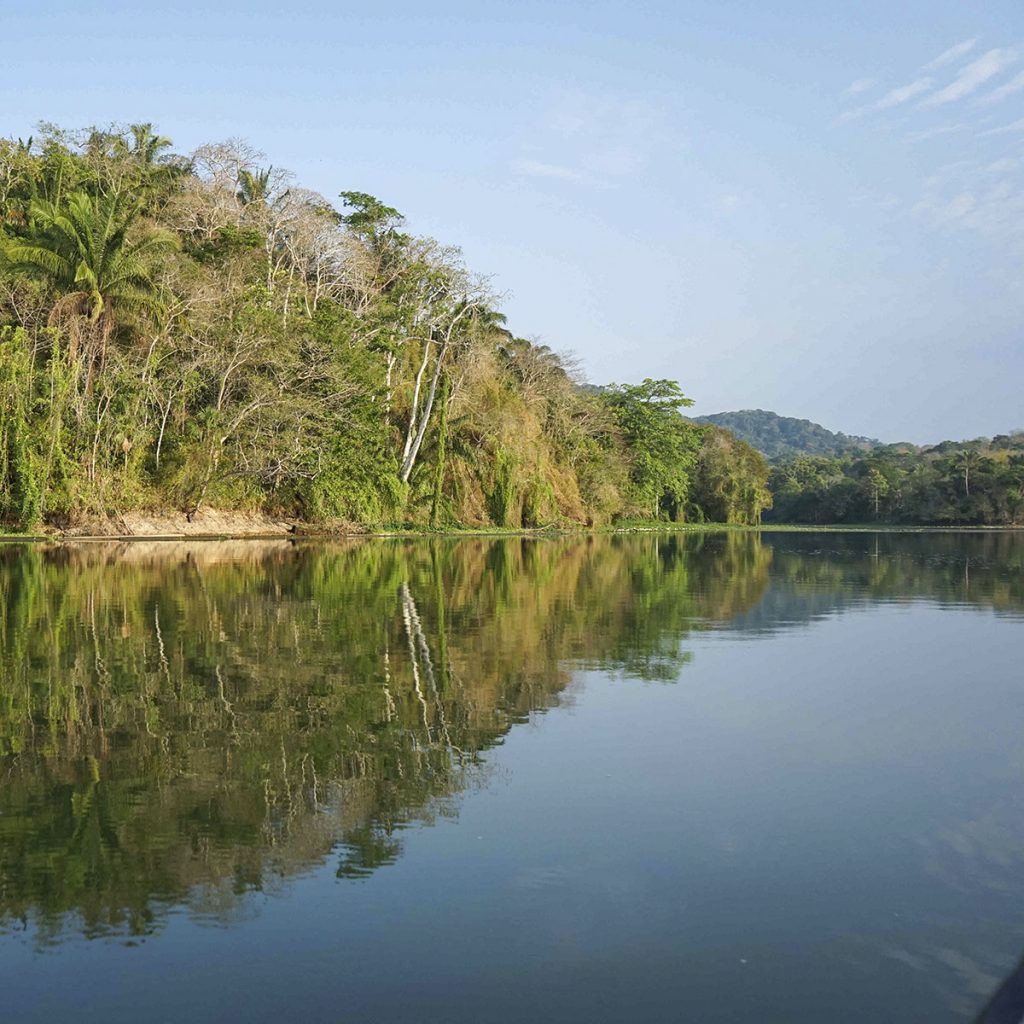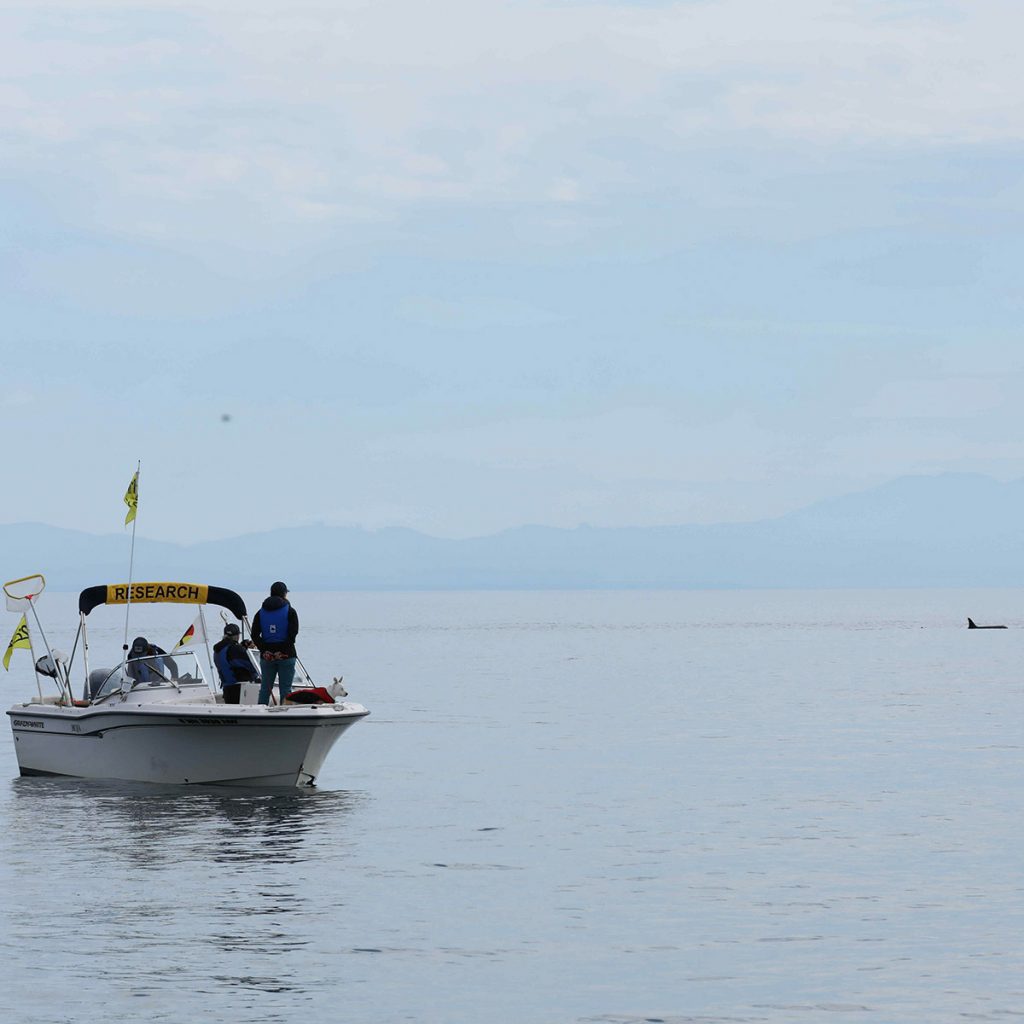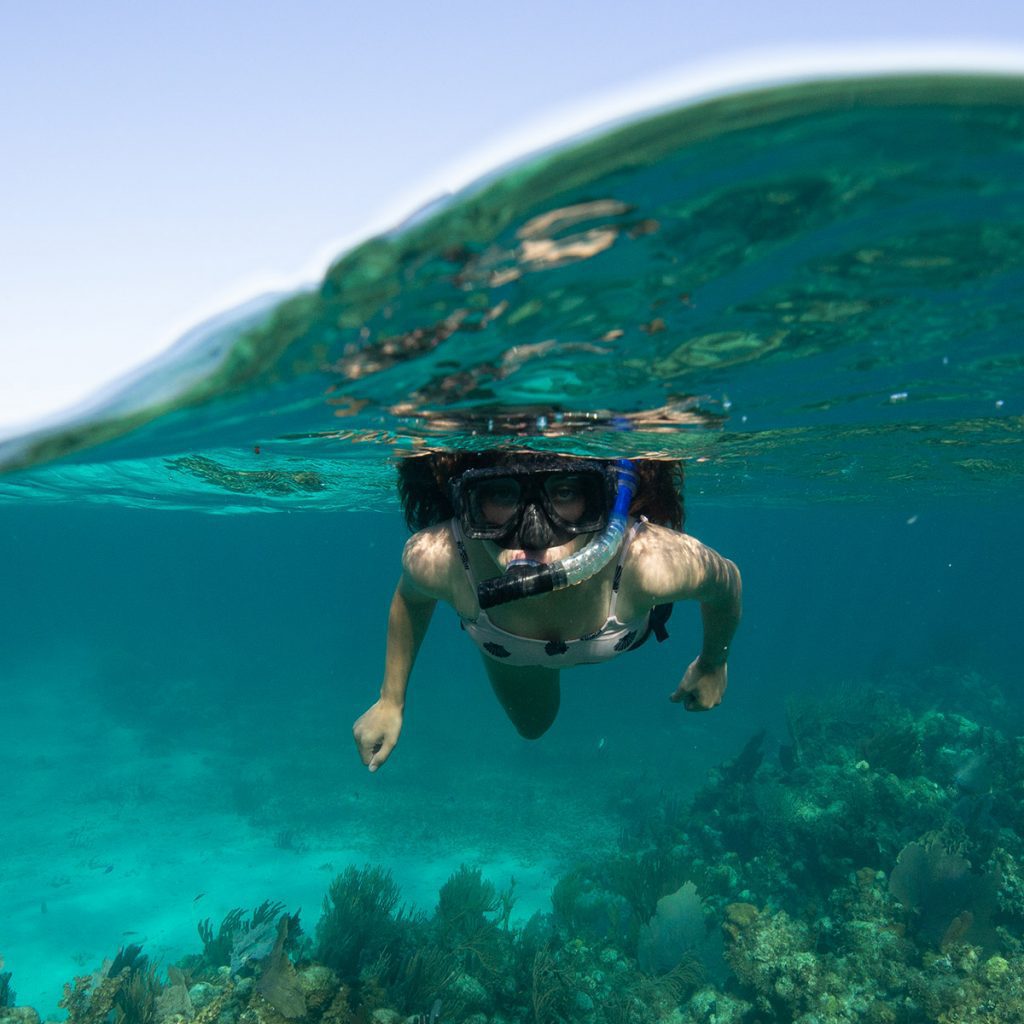Join WFSU Public Media, The Nature Conservancy in Florida, Apalachicola Riverkeeper, and Florida Native Plant Society as we preview PBS’s series Age of Nature and discuss the show’s themes as they pertain to the Apalachicola River watershed.
The Age of Nature explores the human relationship with nature. The series asks these three questions:
What have our past mistakes taught us about nature?
How is our understanding of nature changing the way we live?
As the challenges we face mount, where are we heading next?

Meet Our Panel
Temperince Morgan Executive Director, The Nature Conservancy in Florida
Brian Pelc Restoration Project Manager, The Nature Conservancy in Florida
Georgia Ackerman Apalachicola Riverkeeper and Executive Director
Doug Alderson Outreach and Advocacy Director, Apalachicola Riverkeeper
Susan Cerulean Author, I Have Been Assigned the Single Bird, a Daughter’s Memoir
Rob Diaz de Villegas WFSU Ecology Blog Producer
The Discussion
A quick rundown of videos and discussion topics from our event. All times are from the start of the program (00:00).
Screening a Scene from Age of Nature Episode 2: Understanding
02:09 In this scene, we see how Chinook salmon connect a watershed in Washington State, from orcas in Salish Sea to bears and forests around the Elwha River. In 2012, the removal of the Elwha dam became the largest dam removal project in history.
The Discussion Part 1: What Have Past Mistakes Taught us About Nature?
14:28 Susan Cerulean reads a passage from her latest book: I Have Been Assigned the Single Bird: A Daughter’s Memoir. We caught up with Susan to talk about the book at Bald Point State Park over the summer.
17:52 Apalachicola Riverkeeper’s Georgia Ackerman and Doug Alderson talk about previous alterations made to the Apalachicola River basin, and current threats to the cleanliness of the water. Over 4 million trees have been lost in floodplain swamps, which are an important source of nutrients for Apalachicola Bay (Learn more in this 2018 story). Riverkeeper’s efforts to restore sloughs may help that issue. A proposed fracking project threatens to pollute the river, while Riverkeeper successfully fought to keep coal ash from a power plant from leaching into the river.
24:09 The Nature Conservancy in Florida’s Temperince Morgan and Brian Pelc talk about sandhills restoration in the uplands of the Apalachicola Bluffs and Ravines region. By bringing back the native, fire dependent longleaf ecosystem, they are benefitting biodiversity as well as the way water moves into geologically rare steephead ravines. You can learn more about that in our first Age of Nature story.
Screening our second Age of Nature video on the Apalachicola Bluffs and Ravines
31:45 The Apalachicola Bluffs and Ravines region is one of five biodiversity hotspots in North America. But that doesn’t mean that its habitats don’t need to be managed. We visit sandhill restoration sites in Torreya State Park, where The Nature Conservancy is helping to restore thousands of acres of sandhill habitat. The restoration site has already become home to several rare and endemic plant species. We also explore damage done to steephead ravines, and throughout the Apalachicola River basin, by Hurricane Michael. Climate change is making hurricanes stronger and more frequent, and brings harsher droughts and sea level rise. How do land managers restore habitats knowing that our ecosystems are changing, both slowly and sometimes catastrophically?
Lilly Anderson-Messec, Torreya Keepers Project Director, Florida Native Plant Society, joins Brian Pelc, Georgia Ackerman, and Doug Alderson in the video.
The Discussion Part 2: Understanding the effects of climate change on the Apalachicola
37:51 The Riverkeeper team outline the damage done throughout the Apalachicola watershed by Hurricane Michael. The storm leveled dunes on Apalachicola Bay’s barrier islands, and then moved quickly up the river corridor, causing a massive loss of trees. To further explore areas affected by Hurricane Michael, check out stories on Torreya State Park and damage seen while kayaking on the Chipola River.
43:44 Susan Cerulean talks about the effects of sea level rise on Saint Vincent Island. Her husband, Florida State University oceanographer Jeff Chanton, has been studying sea level rise on the island. We visited St. Vincent earlier this year with them. We see how, while sea level happens gradually, strong storms can accelerate the process quickly.
The Discussion Part 3: Land Conservation, Climate Resiliency, and the Apalachicola Water Wars
46:15 Temperince Morgan highlights land acquisition and estuary restoration projects underway in the panhandle in which The Nature Conservancy in Florida is involved. The land purchases help connect other parcels of protected land, which creates a more climate resilient region. Temperince also highlighted a new climate resiliency mapping tool, which shows the connectivity of protected lands.
52:52 Georgia Ackerman gives an update on legal challenges that seek to increase fresh water flows into the Apalachicola River from Woodruff Dam, especially during times of drought.
Conclusion
58:19 Susan Cerulean reads a passage from I Have Been Assigned the Single Bird.
About the Age of Nature
At this crucial turning point in our planet’s history, The Age of Nature brings together inspirational contributors, rare archive material and stunning imagery from around the world, to give us a deeper understanding of Nature and our place within it.
The series asks specific questions and answers them with three major stories that provide crucial insights into the dawn of The Age of Nature.

EPISODE 1 – AWAKENING Wednesday, October 14 at 10 pm ET
Our awareness of Nature is growing. As we discover its role in our modern world and realize its true value, action is being taken to protect and restore it. This story is told by inspiring contributors who reveal the awakening of a new era.

EPISODE 2 – UNDERSTANDING Wednesday, October 21 at 10 pm ET
A new understanding of the way Nature works is helping us find some surprising ways of fixing it. As our understanding deepens, we realize that everything is connected, and by helping to restore Nature we all benefit, humans and animals alike.

EPISODE 3 – CHANGING Wednesday, October 28 at 10 pm ET
Our world is governed by the rules of Nature, and we are seeing it unleash its power. As global warming accelerates, it’s clear that restoring Nature is our only defense against an uncertain future. Are we ready to change our destiny?
Thank you to our partners: The Nature Conservancy in Florida, Apalachicola Riverkeeper, and the Florida Native Plant Society. This project is funded by a grant from PBS. To learn more about the stories WFSU is producing in conjunction with Age of Nature, visit our project home page.

